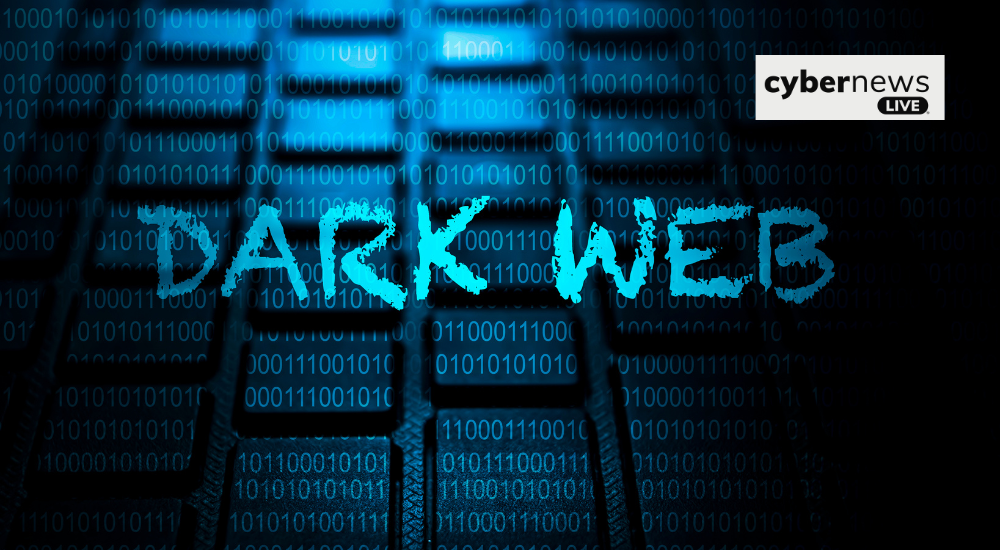
Dark Web: Understanding and How to Navigate it Safely
The dark web conjures an image of a clandestine world of anonymity and secrecy. It’s designed as an environment where any visitor can cloak their identity. The dark web offers anonymity while keeping communication encrypted. Conventional search engines generally do not index dark web content and sites. This covert part of the internet can only be accessed using specialised software or a browser. The dark web is undoubtedly dangerous without any regulation. Malware and scams are scattered everywhere. Consequently, it becomes difficult to discern safe websites from shady ones. The dark web’s safety hinges on the user’s discretion and use of prevention measures. Individuals or organisations should use preventive techniques to safeguard their information, such as utilising VPNs (Virtual Private Networks), employing robust encryption methods, and regularly updating and patching software. By cautiously approaching this, users can potentially leverage its benefits while mitigating inherent risks.
The ever-expanding internet world constantly throws new terms our way. The dark web is one such term, hidden beneath the surface and offering a new way to navigate the digital world. People use the dark web for many legitimate reasons, yet its unregulated nature enables a flourishing environment for illegal and nefarious activities. The absence of oversight makes it a breeding ground for various illicit activities and malware attacks.
It’s popularity arises from its core nature, such as freedom from regulation and scrutiny, which makes it a thriving black market for criminals and threat actors.
Here is a detailed guide, on how to use it safely without risking your security.
What is the Dark Web?
At first glance, the term dark web seems ominous, and there is a reason for that. This small part of the internet lies within its depths, shrouded in mystery and conspiracy. It has emerged as a haven for anonymity and privacy, where users can navigate and perform any activity, leaving a minimum digital footprint.
The notorious background of the dark web facilitates various illicit activities ranging from narcotics, firearms, and other marketplace for financial crimes, such as stolen credit card numbers. This depraved corner of the internet harbours activities such as hitmen, human trafficking, and pornography. However, these grim portraits are only one facet of the dark web. It’s very anonymous nature also empowers a surprising range of legitimate activities. Blogs, forums, chat rooms, and private gaming servers are heaven for those seeking privacy and anonymity. As long as users take precautions and remain vigilant, their digital identity will remain protected without the intrusion of any external forces.
Moreover, the dark web anonymity presents a world of possibilities for journalists and whistleblowers, empowering them to exchange sensitive information.

How Does the Dark Web Work?
It works on the same fundamental principles as the internet but with distinct differences. Websites are hosted on servers configured to evade search engineers and browsers. To access the dark web, users require specific software such as Tor. Tor anonymises the user’s traffic by routing it through a variety of network servers.
Additionally, the dark web also relies on cryptocurrencies such as Bitcoin to facilitate transactions. The decentralised nature of cryptocurrency makes it difficult to trace transactions. This anonymity makes them ideal cloaks for illicit activities.
How can Legitimate Services be Differentiated from Scams on the Dark Web?
1. Research
Navigating the dark web requires a meticulous approach. Before stepping into its clandestine domains, perform extensive research. Seek reviews and feedback from credible sources to verify its legitimacy. The absence of reviews and feedback should be considered a red flag, as it signals a potential hazard or threat.
2. Payment
Legitimate sites often offer secure payment methods. Stay cautious of services requiring upfront payments using untraceable methods such as cryptocurrency. Never share anything, like credit card details or any information that exposes your personal identity.
3. Unrealistic Payments
Stay vigilant against lucrative offers that should be too unrealistic. Deals that sound too good to be true often veil a nefarious motive, such as scamming victims.
4. Communication
Legitimate services often encourage open communication and provide accessible channels for support and queries. A lack of communication or unresponsiveness to queries directly signals the provider’s integrity.
5. Reputation
Staying vigilant about website reputation is crucial to safely navigating the dark web. It is best to avoid websites with bad reputations or tangled in fraud or deception.
6. Personal Information
Be cautious of services that ask for your personal information. Legit services only require minimal information. If a service provider asks for your name, address, or social security number, take it as a red flag and avoid sharing anything with them.
Conclusion
The hidden realm of the internet presents a complex paradox. Its anonymous nature offers several good opportunities for those seeking to expose justice, but it requires anonymity. However, this anonymity cloak also threatens illicit activities that can flourish beneath its surface. Hence, caution and vigilance are crucial in navigating the realm of the dark web. Through meticulous attention, extensive research, and avoiding unrealistic promises, users can mitigate the risks of potential threats.
Learn more advanced safety techniques and new cyber threats with Cyber News Live and please see Wikipedia’s page for additional information.

